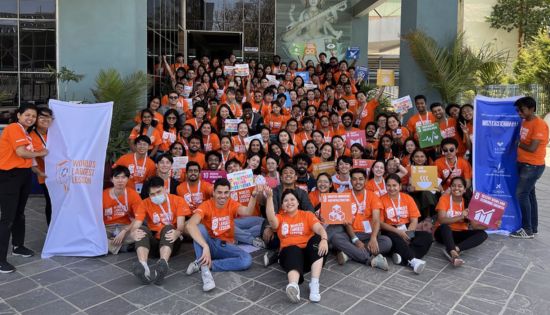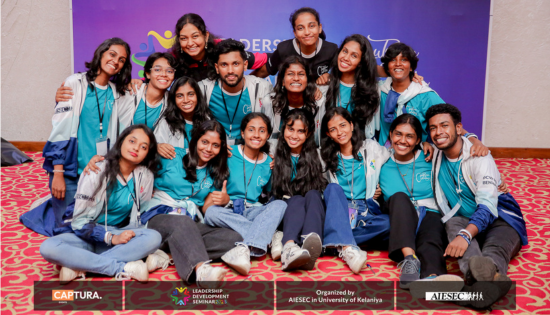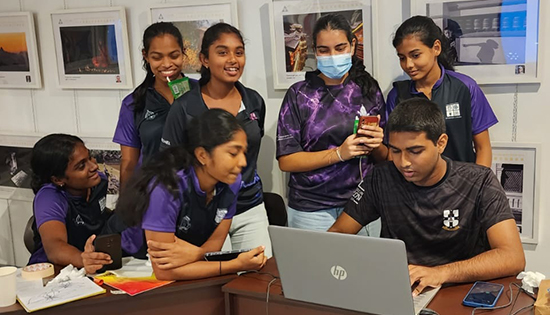CTRL + ALT + ALPHA: Are We Really Ready for the Next Generation of Sri Lankan Consumers?

Walk into a home in Colombo, and you might find a six year old showing their parents how to use ChatGPT. Drive a few hours out, and you’ll meet another child the same age. Their world is shaped more by face to face community, TV ads, and the local shop than TikTok trends. These kids are both part of Generation Alpha.
As marketers, we need to stop treating this generation as a single group and start understanding how they are growing up in very different environments in Sri Lanka.
Who Really Is Gen Alpha?
Born between 2010 and 2025, Generation Alpha is the first generation entirely born in the 21st century. Globally, they are seen as the most connected, educated, and influential generation ever. But in Sri Lanka, their experience is more complex.
While some Gen Alpha children watch “Ms. Rachel” on YouTube Kids and learn to code by age 10, others are more familiar with Derana cartoons, their local pirith nool seller, or the neighborhood kade uncle who gives them free toffees.
Despite the digital gap, one thing is clear: these children are already influencing what their families buy. Whether it’s picking a shampoo brand because of a cartoon ad, asking for biscuits they saw on TV, or requesting a birthday treat from a specific fast-food place they are shaping family spending habits.
5 Generations, 1 Sri Lankan Marketplace
Sri Lanka now faces a unique marketing challenge: speaking to five active generations at once.
- Boomers: Traditional, prefer familiar brands, trust recommendations.
- Gen X: Value quality and functionality, often the decision makers in families.
- Millennials: Experience driven, tech aware, balancing convenience and values.
- Gen Z: Bold, expressive, trend sensitive and socially aware.
- Gen Alpha: Curious, visual, and highly influential often before they can even read.
The magic and the challenge for Sri Lankan brands is figuring out how to connect across this entire range without losing relevance, especially with a generation that’s still growing up.
The Digital Divide: The Two Faces of Alpha
Let’s be honest while urban Sri Lanka is moving into the future, the country’s digital access is still below 65%. That means a significant part of Gen Alpha is growing up in places where digital experiences are not always available or consistent. .
So what does that mean for us as marketers?
It means that Gen Alpha in Wellawatte is not the same as Gen Alpha in Welimada. Their interests, dreams, access, and attention span are very different.
But even in areas with less digital access, these kids are still:
- Watching TV and picking up on product cues early.
- Shopping with parents and making requests for specific brands.
- Engaging with radio jingles and billboard characters.
- Learning about popular products from their school friends.
They may not be creating Reels yet, but they have a significant influence on everyday household purchases.
How Should Brands Respond?
We can’t wait for Gen Alpha to grow up. Brands need to adapt now, both in connected and less-connected regions of the country. Here’s how:
1. Hybrid Engagement Models
Don’t just go digital combine digital with physical. Use digital content along with real-world interactions: pop-up school events, interactive packaging, TV storytelling, or gamified posters with QR codes leading to simple web games.
2. Build for Families, Not Just Kids
Most Gen Alpha kids don’t make purchases themselves they influence what their families buy. Your campaigns should appeal to both the child and the parent. Use nutritional messages for moms and fun characters for kids. Brands need storytelling that speaks to both groups.
3. Edutainment, Everywhere
Learning through entertainment isn’t just for cities. Brands can work with local teachers, content creators, and even temples or churches to create simple, educational content that introduces product values in engaging ways..
4. Localization is Power
Whether it’s language, music, characters, or cultural references, go local. A jingle in Sinhala or Tamil with a relatable story can perform better than a polished digital ad in certain communities.
5. Get Real About Values
Kids today even in smaller towns talk about climate issues, kindness, and fairness. They care. Start including sustainability and social responsibility in your product stories, not just in your corporate responsibility presentations.
So, Are We Ready?
Many Sri Lankan brands are still catching up with Gen Z while Gen Alpha is quietly changing our markets. Their influence may not yet come from credit cards or online orders, but it’s already affecting.
- Grocery purchases
- Apparel choices
- Entertainment subscriptions
- Even travel destinations. This influence will only grow.
We shouldn’t wait for Gen Alpha to become adult consumers. The smart choice is to start listening, learning, and building with them, not just for them. This means investing in research and development focused on youth, using kids’ insights in brand planning, and moving beyond the “urban-first” marketing approach.
Final Thought
Gen Alpha is not just a new audience. They represent a new mindset one that values empathy, immediacy, and engagement. In a country like Sri Lanka, where community matters and family decisions are shared, this generation’s impact will extend across both digital platforms and social connections.
As marketers, we need to prepare not just our brands but also our hearts and minds for this shift. Because whether we like it or not, Gen Alpha is already watching.
Chathura Ganegoda (BSc (USJP), MCIM (UK), MBA(UOC))
“Lead the world to New Dimensions.”
LinkedIn – @Chathura Ganegoda
Email – Chathura.d.ganegoda@gmail.com
WhatsApp – 0777371229
Related News
Kelaniya AIESEC Wraps Up The Leadership Development Seminar (LDS2025)
AIESEC in University of Kelaniya proudly concluded its highly anticipated the event, Leadership Development Seminar (LDS) 2025, held on 28th September 2025…
Read MoreBridging Research to Policy 2 (Sri Lanka) – Australia Awards Sri Lanka
The Australia Awards Sri Lanka programme has opened applications for a short-course called Bridging Research to Policy scheduled for 2025. Funded by…
Read MoreMA Education with Early Childhood (UK) – AIC Campus
The curriculum of this program is carefully crafted to support students' concurrent growth in knowledge and abilities while also giving them chances…
Read MoreUniversity of Colombo Secures Top Spot Among Sri Lankan Universities in Global Rankings
The University of Colombo (UoC) has once again distinguished itself by emerging as the highest-ranked Sri Lankan university in the 2026 global university…
Read MoreRainbow Institute at 15: Empowering Voices, Building Confidence
When the Rainbow Institute of Communication opened its doors in 2010, its mission was simple: to help people speak with confidence. Fifteen…
Read MoreCourses
-
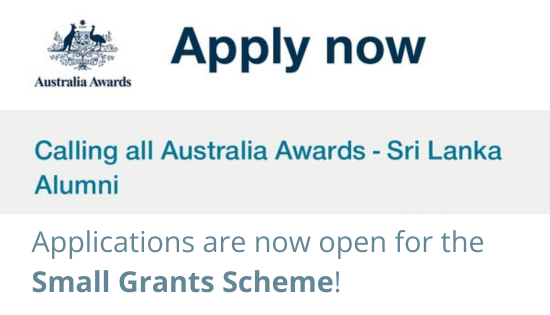
Small Grant Scheme for Australia Awards Alumni Sri Lanka
Australia Awards alumni are warmly invited to apply for a grant up to AUD 5,000 to support an innovative project that aim… -

MBA in Project Management & Artificial Intelligence – Oxford College of Business
In an era defined by rapid technological change, organizations increasingly demand leaders who not only understand traditional project management, but can also… -
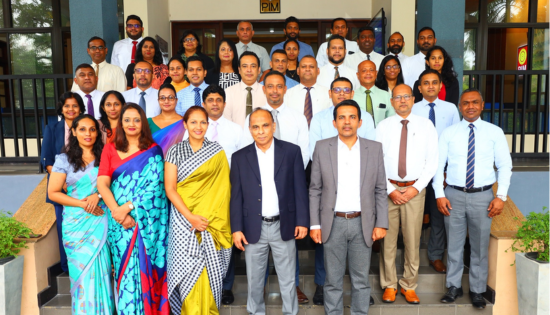
PIM Launches Special Programme for Newly Promoted SriLankan Airlines Managers
The Postgraduate Institute of Management (PIM) has launched a dedicated Newly Promoted Manager Programme designed to strengthen the leadership and management capabilities… -
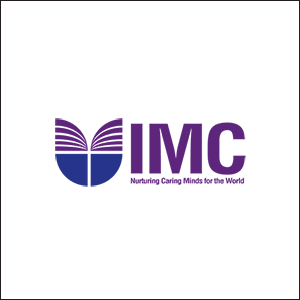
IMC – Bachelor of Psychology
IMC Education Overview IMC Campus in partnership with Lincoln University College (LUC) Malaysia offers Bachelor of Psychology Degree right here in Sri… -

ANC – BA (Hons) International Business Management (Top-Up)
ANC Education Overview Designed in partnership with public and private business organizations, this program develops one’s ability to critically evaluate business models… -

IIT – BSc (Hons) Computer Science
IIT Campus Overview BSc (Hons) Computer Science provides a solid foundation and training regarding the fundamentals of the computer science field, along… -
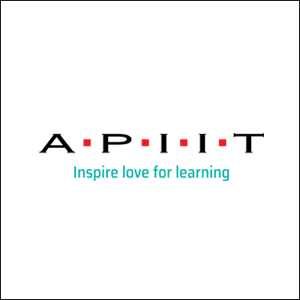
APIIT – BSc (Hons) Cyber Security
APIIT Sri Lanka Overview Our BSc (Hons) Cyber Security award is designed to launch your future career in the protection of software… -

ICBS – BSC (Hons) Business Management with Marketing Management
ICBS Overview The BSc (Hons) Business Management with Marketing program, awarded by Queen Margaret University (QMU), is a highly regarded degree that… -
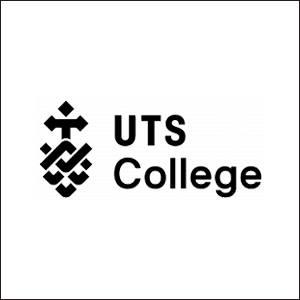
UTS – Diploma of Science
UTS College Sri Lanka Overview The Diploma of Science is designed to empower you to apply scientific thinking and analysis to important… -

CSA – Master of Architecture and Environmental Design
City School of Architecture Overview The Master of Architecture and Environmental Design Degree at CSA is awarded by the University of the… -

APIIT – BSc (Hons) International Business Management
APIIT Sri Lanka Overview Increasingly businesses are becoming more and more international. This requires business management professionals to have knowledge, skills and… -

IIT – BSc (Hons) Artificial Intelligence And Data Science
IIT Campus Overview The BSc (Hons) Artificial Intelligence and Data Science course is awarded by Robert Gordon University (RGU) in the UK… -

ICBS – International Degree Foundation in Business / IT
ICBS Overview The Scottish Qualification Authority (SQA) is a globally recognized organization dedicated to education and qualification development. SQA is responsible for… -

APIIT – BA (Hons) Finance and Business Enterprise
APIIT Sri Lanka Overview Finance and accounting are no longer just about taxation and the management of financial capital. This award will… -

APIIT – MBA General
APIIT Sri Lanka Overview The MBA is awarded by Staffordshire University, UK. This award is an advanced course of study in management…
Newswire
-
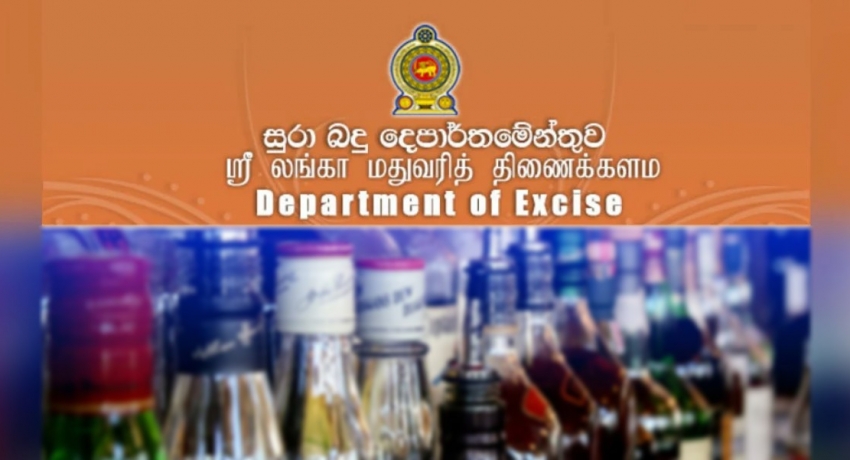
Excise officers protest claim that a third of staff are corrupt
ON: October 20, 2025 -
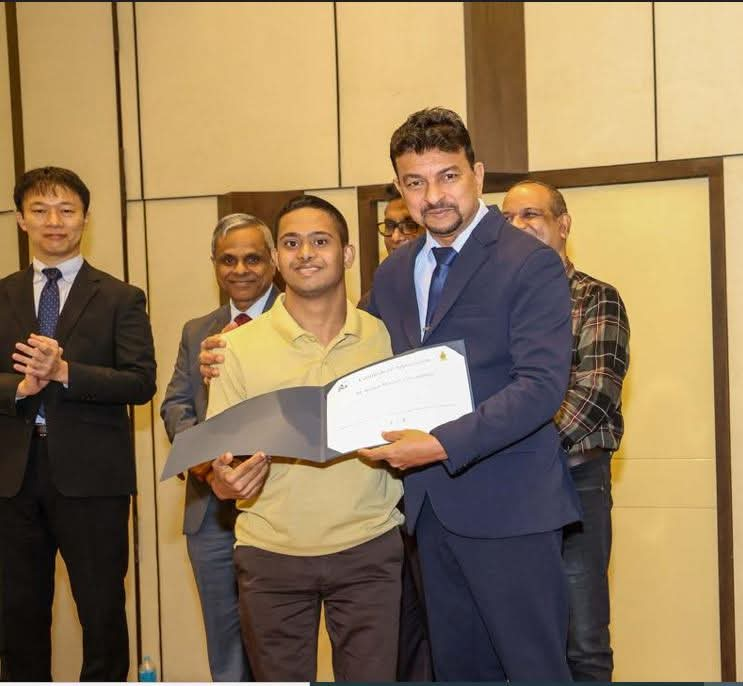
Government to raise job quota for persons with disabilities to 4%
ON: October 20, 2025 -
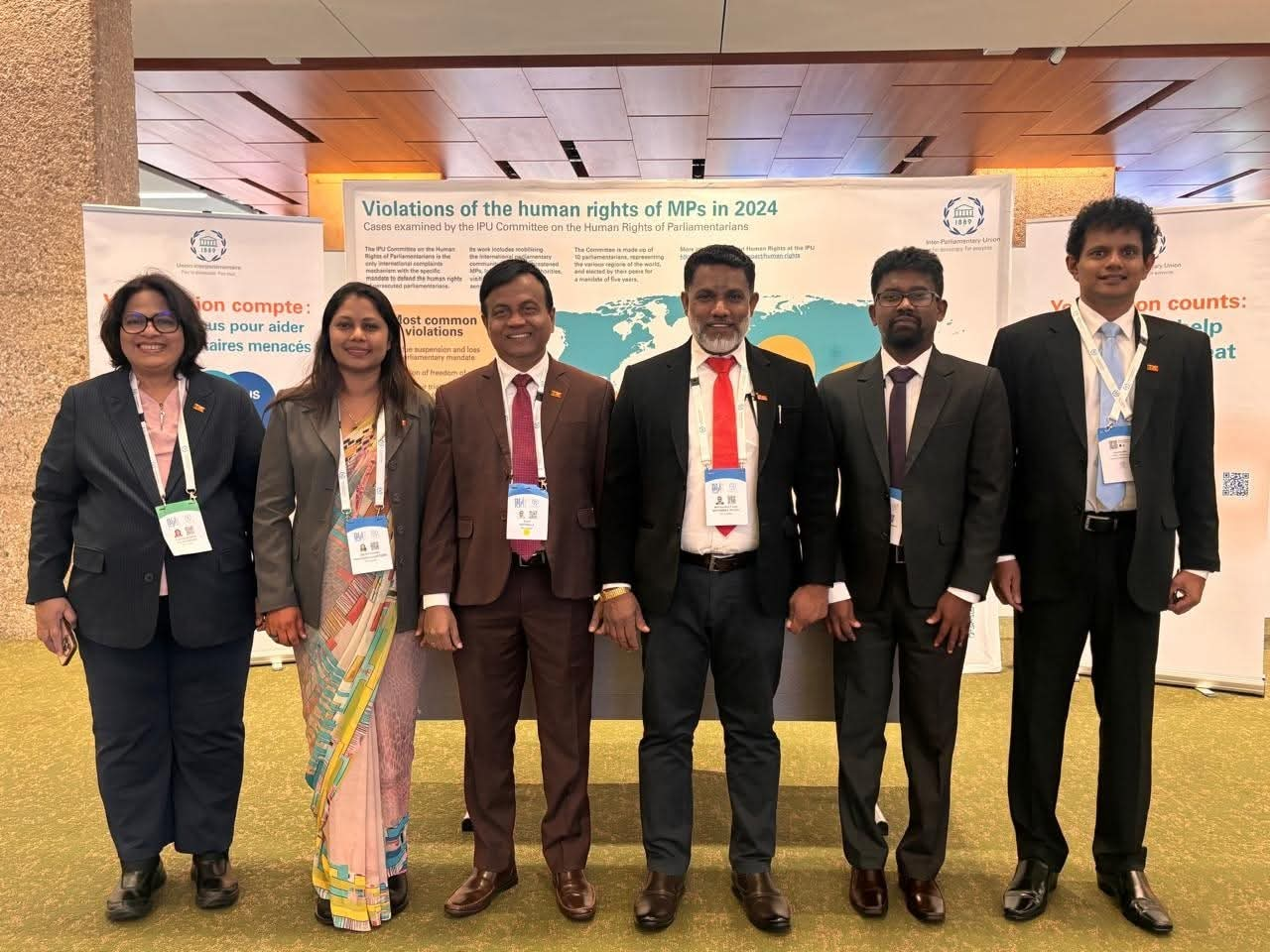
Sri Lankan delegation attends 151st Inter-Parliamentary Union Assembly in Geneva
ON: October 20, 2025 -

BOI details USD 827 million in foreign capital inflows, up 138% year-on-year
ON: October 20, 2025 -

New Leadership takes helm at All Ceylon Hajj Tour Operators Association
ON: October 20, 2025




